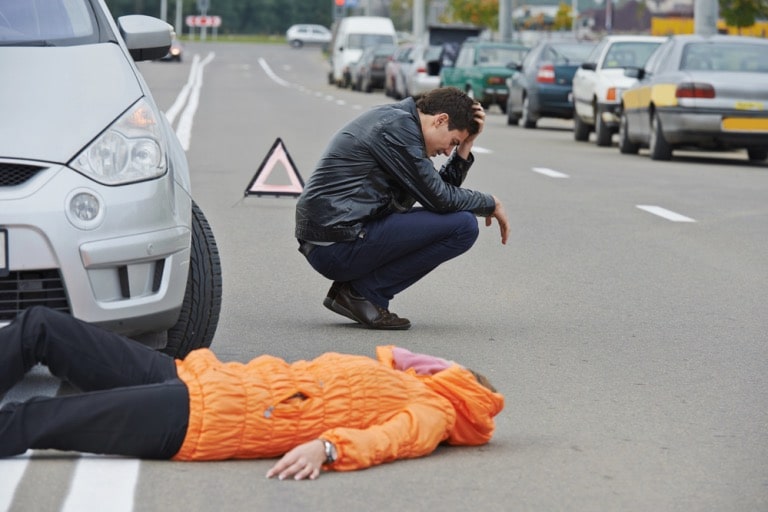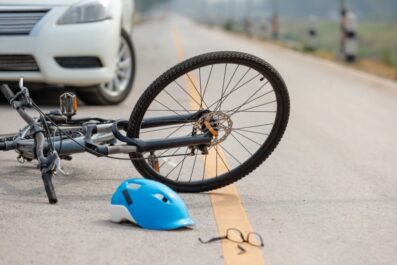Liability in Fort Lauderdale Pedestrian Accident Cases: Legal Recourse for Victims

For victims of a pedestrian accident in Fort Lauderdale, seeking knowledgeable legal guidance from a Fort Lauderdale pedestrian accident lawyer is (you guessed it) crucial. A specialist in pedestrian accidents can offer invaluable assistance, helping to navigate the complex legal landscapes of these cases. Understanding your rights and the nature of negligence in such incidents is essential for holding the responsible parties accountable.
In Florida, pedestrian accidents are alarmingly frequent and often severe, with the state recording nearly six thousand incidents that resulted in hundreds of fatalities in 2023 alone. Such accidents require a nuanced understanding of liability, as the legal outcomes heavily influence the recourse available to victims.
In Fort Lauderdale, Florida, where pedestrian traffic intersects with busy city dynamics, establishing who is at fault in these accidents involves dissecting details of road rules, driver behavior, and pedestrian actions. The process of determining liability is pivotal in securing fair compensation for victims and covering medical expenses, lost wages, and other damages.
This post aims to provide a comprehensive overview of the factors influencing liability in pedestrian accident cases and the steps victims can take to seek justice.
You Are Going to Have To Go About Proving Liability in Fort Lauderdale
When it comes to pedestrian accidents, establishing liability involves determining who was at fault for the incident. In general, drivers have a duty of care towards pedestrians and must exercise caution to ensure their safety.
However, many factors can contribute to pedestrians being struck by vehicles, such as driver negligence or recklessness, pedestrians jaywalking or disobeying traffic signals, poor road conditions, and defective vehicle equipment.
The Basics of Negligence and Comparative Fault in Florida
One important legal principle that applies in personal injury cases is negligence. In pedestrian accident cases, negligence refers to a person’s failure to exercise reasonable care, which results in harm to another party.
To prove negligence, several elements must be established, such as the duty of care owed by the defendant towards the victim, breach of that duty by failing to exercise reasonable care, causation (the defendant’s breach caused harm), and damages suffered by the victim.
It is also essential to be aware of comparative fault laws that exist in some jurisdictions. Comparative fault takes into account any degree of responsibility shared by both parties involved in an accident. Depending on state laws and circumstances surrounding the case, compensation may be reduced if it is determined that both parties were partially at fault.
Potential Defendants
Determining liability involves identifying potential defendants who may be held responsible for the pedestrian accident. While the driver involved is typically the first party considered liable, it is important to remember that other entities or individuals could bear some responsibility as well. For example, if a malfunctioning traffic light contributed to the accident, the city or maintenance company responsible for its upkeep may be held liable.
Gathering Evidence
To establish liability in a pedestrian accident case, strong evidence is crucial. Victims should gather as much evidence as possible, which may include photographs or videos of the accident scene, witness statements, police reports, medical records and bills related to injuries sustained, and any applicable traffic laws and regulations. Reconstructing the events accurately can strengthen the chances of success in a legal claim.
Seeking Legal Assistance
Navigating through legal proceedings can be overwhelming for victims dealing with physical and emotional injuries following a pedestrian accident. Consulting an experienced personal injury attorney can provide valuable guidance and support throughout this challenging process. An attorney can help analyze the specific facts of your case, assess liability, negotiate with insurance companies on your behalf, or represent you in court.
Compensation for Damages
Victims of pedestrian accidents may be entitled to compensation for various damages resulting from their injuries. These damages might include medical expenses (past and future), lost wages due to inability to work during recovery periods, pain and suffering caused by physical or emotional trauma, rehabilitation costs for long-term injuries, and loss of consortium (loss of companionship) suffered by family members.
Statute of Limitations
It is worth noting that there are time limits within which a victim must file their claims after a pedestrian accident; these time limits are known as statutes of limitations. Failing to adhere to these time constraints could result in one’s inability to seek legal recourse.
Always consult with an attorney specializing in personal injury claims, as they will have a complete understanding of statutory deadlines specific to your jurisdiction.
Final Words
Pedestrian accidents can bring forth numerous legal complexities. Victims of such accidents face physical and emotional challenges on top of navigating the legal process. By understanding liability principles and seeking appropriate legal assistance, victims can effectively assert their rights and seek fair compensation for the losses suffered due to negligent or reckless behavior.
If you ever find yourself involved in a pedestrian accident, remember that you are not alone. Seeking solidarity and support from others affected by similar incidents can help foster resilience and pave the way towards physical and emotional recovery.




